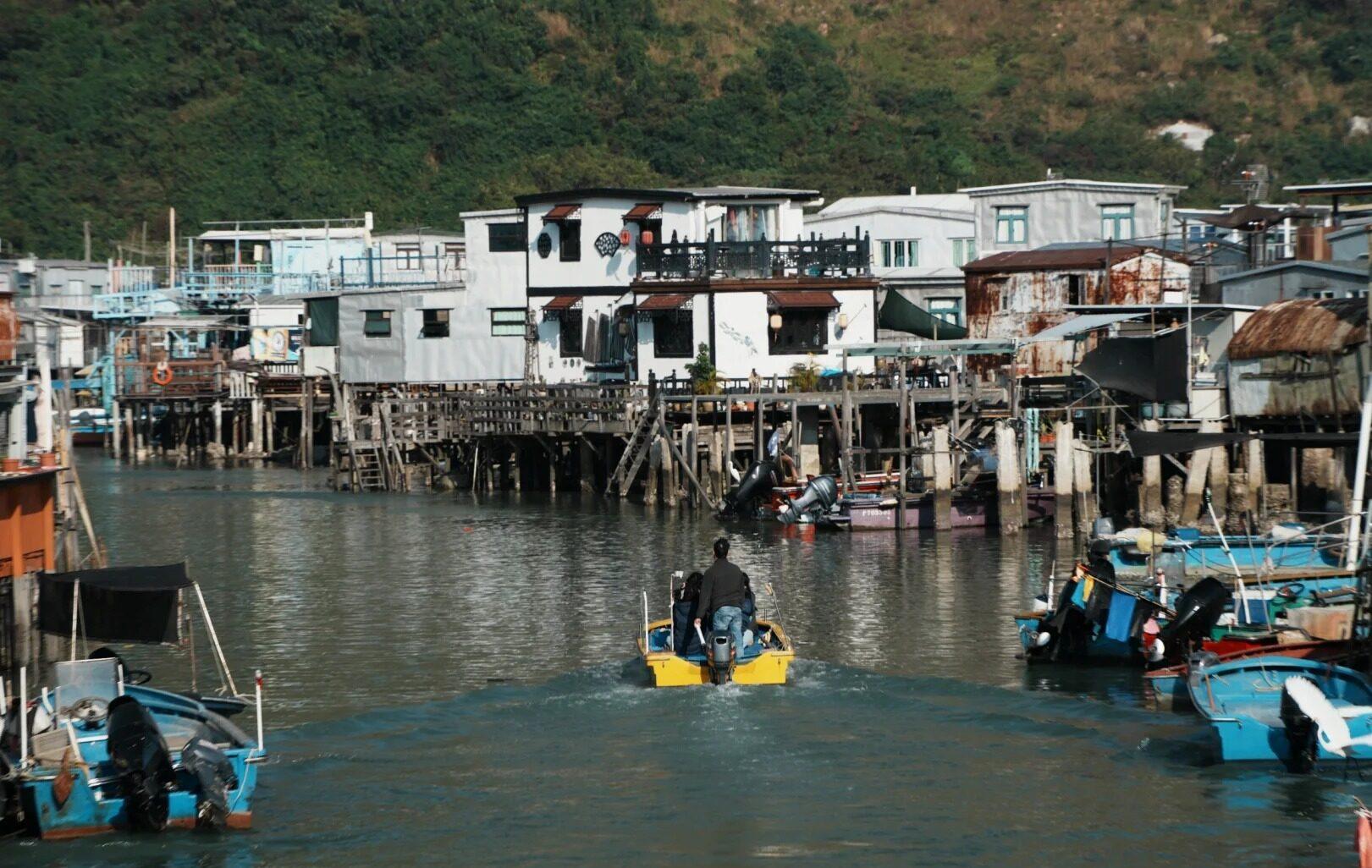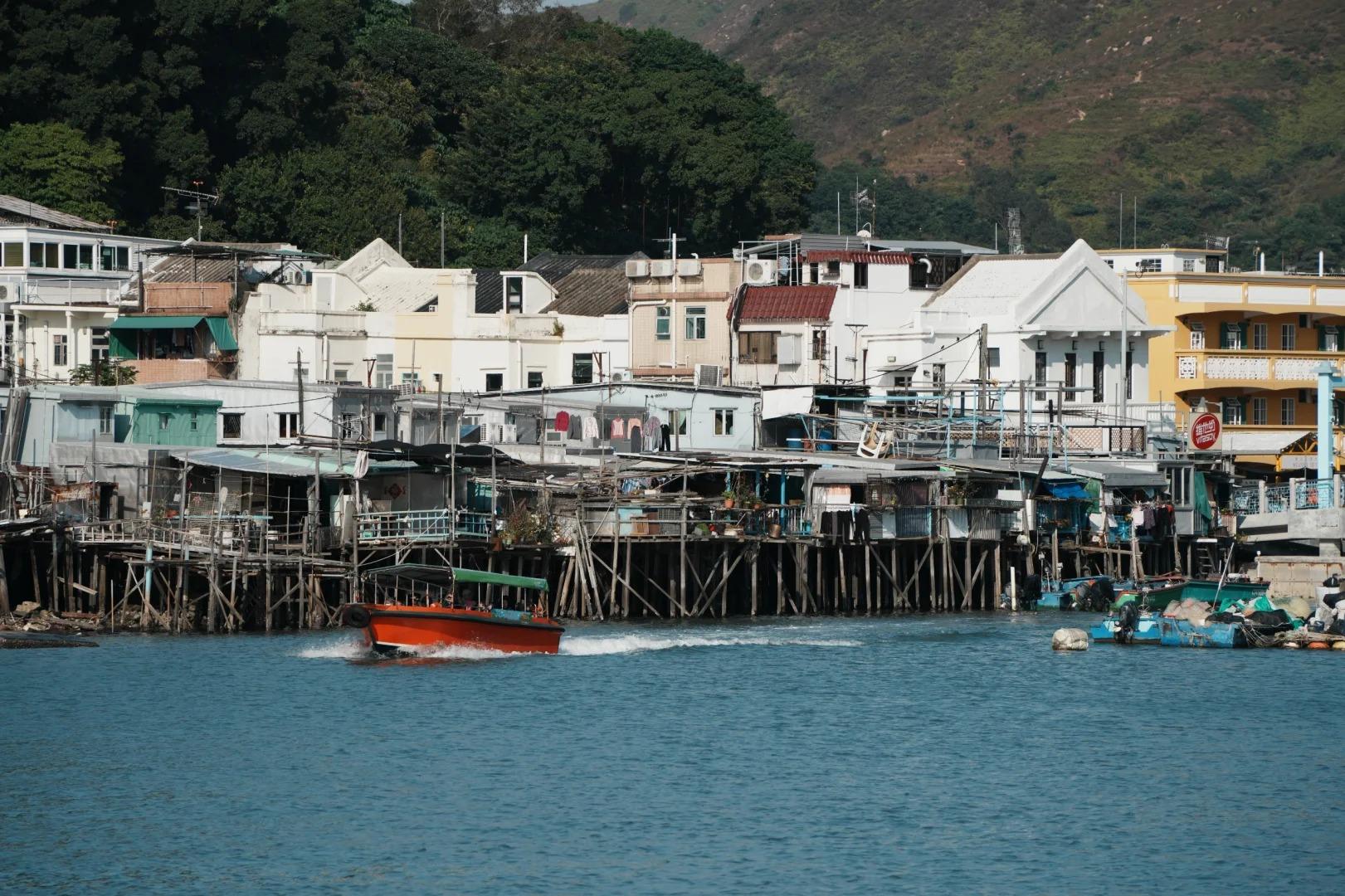Visiting Information
| Information | Details |
|---|---|
| Chinese Name | 大澳渔村 (Dà’ào Yúcūn) |
| Location and Address | Tai O, Lantau Island, Hong Kong |
| Opening Time/Hours | Open 24/7, but most shops and attractions operate from 9:00 AM to 5:00 PM |
| Entrance Fee | Free to enter the village |
| How to Get There | By Bus: Take bus 11 from Tung Chung MTR Station By Ferry: Take ferry from Tuen Mun Ferry Pier By Taxi: Available from Tung Chung or Mui Wo |
| Best Time for Visit | October to April for cooler weather and less rainfall |
| Contact Info | Tai O Rural Committee: +852 2985 5371 |
Overview
Tai O Fishing Village, often referred to as the “Venice of Hong Kong,” is a picturesque settlement located on the western coast of Lantau Island. Known for its stilt houses, traditional fishing culture, and scenic beauty, Tai O offers visitors a glimpse into Hong Kong’s maritime heritage and a stark contrast to the city’s urban landscape.
Historical Background
Tai O has a history dating back more than 300 years. It was originally settled by the Tanka people, a community of fishermen who built their homes on stilts over the tidal flats. The village played a significant role in the salt industry during the Ming and Qing dynasties. Over time, Tai O became known for its fishing industry, particularly its production of shrimp paste and dried seafood. Despite modernization in other parts of Hong Kong, Tai O has largely retained its traditional way of life, making it a living museum of the region’s fishing heritage.

Architectural Features
- Stilt Houses (Pang Uk): The most iconic feature of Tai O is its stilt houses, known locally as “pang uk.” These wooden structures are built on stilts over the tidal flats, creating a unique architectural landscape. The houses are interconnected by narrow wooden walkways, forming a intricate network above the water. This design allowed fishermen easy access to their boats and protection from tidal changes.
- Tai O Heritage Hotel: Formerly the Tai O Police Station, this colonial-style building was constructed in 1902 and has been converted into a boutique hotel. It stands as a prime example of Western architecture blended with Chinese workmanship, featuring a distinctive tower and arched verandas. The renovation of this building has played a crucial role in preserving an important piece of Tai O’s history.
- Yeung Hau Temple: This Taoist temple, dedicated to the god of the sea, dates back to 1699. It showcases traditional Chinese architectural elements such as decorative roof ridges, carved stone and wood work, and vibrant colors. The temple’s design reflects the village’s strong connection to the sea and its fishing heritage.
- Kwan Tai Temple: Built in 1488, this is one of the oldest temples in Tai O. Its architecture incorporates elements of Lingnan style, characterized by its green brick structure, clay figurines, and wood carvings. The temple’s design and ornamentation provide insight into the religious and cultural practices of Tai O’s early inhabitants.
Cultural Importance
Tai O Fishing Village holds immense cultural importance as a living repository of Hong Kong’s maritime heritage. It preserves traditional fishing methods, customs, and a way of life that has largely disappeared from other parts of Hong Kong. The village is known for its production of shrimp paste and dried seafood, traditional crafts that have been passed down through generations. Tai O’s festivals, such as the Dragon Boat Festival and the Tai O Water Marriage, showcase unique local traditions. The community’s resilience in maintaining their cultural identity in the face of modernization makes Tai O a significant site for cultural preservation and education.
Surrounding Attractions
- Po Lin Monastery and Big Buddha: Located about 15 kilometers from Tai O, the Po Lin Monastery and the Tian Tan Buddha (Big Buddha) are major attractions on Lantau Island. The monastery, founded in 1906, features ornate Buddhist architecture and sculptures. The 34-meter-tall bronze Buddha statue sits atop a hill, offering panoramic views of the surrounding area. Visitors can combine a trip to Tai O with these iconic Lantau landmarks for a comprehensive cultural experience.
- Lantau Trail: Nature enthusiasts can explore sections of the Lantau Trail, a 70-kilometer hiking path that circles Lantau Island. The trail offers diverse landscapes, from beaches to mountain peaks, providing stunning views of the South China Sea and surrounding islands. Section 8 of the trail, which runs from Kau Ling Chung to Tai O, is particularly scenic and allows hikers to approach the fishing village from a different perspective.
- Tai O Lookout: This viewing platform, located on a small hill overlooking the village, offers panoramic views of Tai O and the surrounding waters. It’s an excellent spot for photography and for appreciating the unique layout of the stilt houses. The lookout is easily accessible via a short walk from the village center and provides informative displays about Tai O’s history and ecosystem.

Photography Opportunities
- Stilt Houses: The iconic stilt houses of Tai O offer endless photography opportunities. Capture the intricate network of wooden structures reflected in the calm waters during low tide, or photograph the bustling life around these unique dwellings. Early morning or late afternoon light can create stunning shadows and reflections, adding depth to your images.
- Traditional Boats: The traditional fishing boats, including sampans and small wooden vessels, provide excellent subjects for photographers. These colorful boats, often adorned with flags or decorations, offer a stark contrast to the surrounding waters and can be captured in action or moored along the village’s waterways.
- Dried Seafood Stalls: The village’s many dried seafood stalls present unique visual opportunities. The varied textures, colors, and arrangements of dried fish, shrimp, and other seafood products create interesting compositions. These stalls also offer chances to capture local life and traditions in action.
- Sunset Views: Tai O is renowned for its beautiful sunsets. The western orientation of the village means that the setting sun creates a stunning backdrop for photographs of the stilt houses, boats, and surrounding landscapes. The golden hour light bathes the village in warm hues, perfect for capturing the atmosphere of this traditional fishing community.
Modern Importance
- Cultural Preservation: In the rapidly modernizing landscape of Hong Kong, Tai O stands as a vital preserve of traditional Tanka and fishing culture. Its continued existence and the efforts to maintain its heritage make it an important site for cultural education and research. The village serves as a living museum, allowing both locals and tourists to experience a way of life that has largely disappeared from other parts of Hong Kong.
- Sustainable Tourism: Tai O has become a model for sustainable tourism in Hong Kong. The influx of visitors has brought economic benefits to the local community while efforts have been made to preserve the village’s unique character and environment. This balance between tourism and preservation serves as an example for other traditional communities facing similar challenges in the modern world.
- Environmental Awareness: The village’s close relationship with its natural surroundings has made it an important site for raising environmental awareness. Tai O’s ecosystem, including its mangroves and the habitat of the Chinese White Dolphin, highlights the importance of conservation efforts. The village serves as a tangible example of the delicate balance between human activity and nature.
- Economic Diversification: While fishing remains an important part of Tai O’s identity, the village has adapted to changing times by diversifying its economy. The growth of tourism has created new opportunities for locals, from operating boat tours to selling traditional crafts and foods. This evolution demonstrates the resilience of traditional communities in finding new ways to sustain themselves in the modern economy.

FAQ
- What is Tai O Fishing Village famous for?
Tai O Fishing Village is famous for its stilt houses, traditional fishing culture, production of shrimp paste, and being known as the “Venice of Hong Kong.” - What’s inside Tai O Fishing Village?
Inside Tai O Fishing Village, you’ll find stilt houses, seafood markets, traditional temples, boat tours, and various local food stalls and shops selling dried seafood products. - Is Tai O Fishing Village free?
Yes, entry to Tai O Fishing Village is free. However, some activities like boat tours may have a fee. - Is Tai O Fishing Village worth visiting?
Yes, Tai O Fishing Village is worth visiting for its unique cultural experience, picturesque scenery, and insight into traditional Hong Kong fishing life. - What to do in Tai O Fishing Village?
In Tai O Fishing Village, you can take a boat tour, try local seafood, visit temples, explore the stilt houses, shop for dried seafood products, and enjoy the scenic views. - How do I get to Tai O Fishing Village in the local city?
From Hong Kong city, take the MTR to Tung Chung station, then bus 11 to Tai O. Alternatively, you can take a ferry from Tuen Mun Ferry Pier directly to Tai O. - How to visit Tai O Fishing Village?
To visit Tai O Fishing Village, plan a day trip from Hong Kong city. Arrive early to explore the markets, take a boat tour, visit the heritage sites, and enjoy local cuisine. Consider joining a guided tour for more in-depth information about the village’s history and culture.






